Rich People Are Boiling the Planet
What’s one thing wealthy people of all nationalities have in common? Far higher emissions than the poorer people in their country.
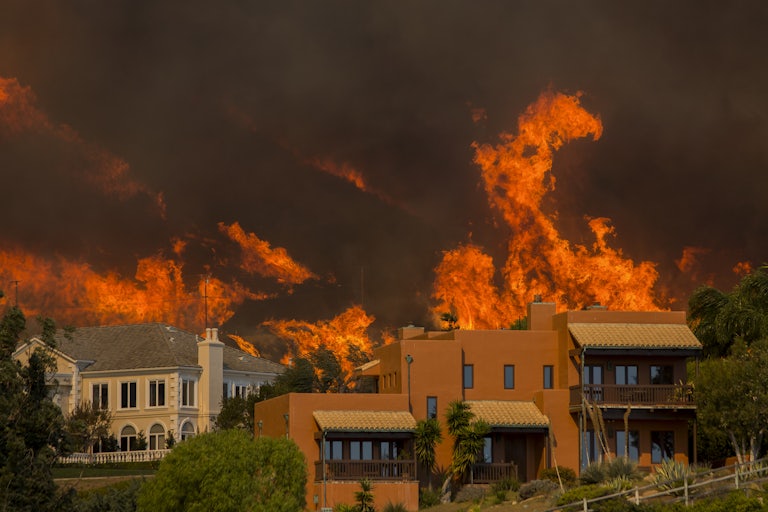
You may have heard that U.S. emissions per capita are the highest in the world, in part because the United States is by far the world’s largest economy. But a new report highlights that wealth inequality within countries is as important as inequality between countries when it comes to per capita emissions. Put simply: The global rich are disproportionately driving this climate catastrophe.
The 2023 “Climate Inequality Report” from the World Inequality Database, authored by economists from the Paris School of Economics and Iddri Sciences Po, is the latest study to emphasize that income is one of the best predictors of emissions—not just at the national level but also at the individual level. North America as a continent—led by the United States—still produces over four times the emissions of the entirety of Latin America and almost 10 times the emissions of South and Southeast Asia. But “at the same time,” the authors note, “comparing country-level averages can mask the underlying contributions of different population groups.” The poor in the U.S. aren’t emitting anywhere near as much as the rich.
To get a sense of what this report and similar findings ought to mean for policy going forward, I called Peter Newell, professor of international relations at the University of Sussex and co-founder of the Rapid Transition Alliance, whose previous research has focused on inequality and behavior change in the climate crisis.
Heather Souvaine Horn: The big finding from this report is that the emissions gap between rich and poor is bigger within countries than it is between countries. Does that finding surprise you at all?
Peter Newell: Not hugely. There’s been quite a few studies recently—Oxfam did some work earlier on this, and to some extent it was confirmed by some of the things we found in this report we did, the Cambridge Sustainability Commission on Scaling Behaviour Change, about this “polluter elite” being quite crucial to action on climate change, how to target that action in more effective ways. I think what’s also important to highlight is some of the different dimensions of that power.
People often think about it just in terms of the behavior change—about the richest in rich and poor countries, around their lifestyles: the SUVs, the big houses, the private jets, the yachts. Those things are hugely important. But what this report points to is that it’s also the financial and political power of that elite.
HSH: How are the superrich managing to blow the carbon budget this badly? Where is it going?
P.N.: Well, that goes back to what I was saying about there being different dimensions. One is around those high-consuming behaviors: Almost by default they have larger houses that then have to be heated. Having larger vehicles, driving them longer distances, flying more frequently. So if you look at all the hot spots in terms of where emissions are growing fastest, it’s areas like energy and transport and food, and across all those areas emissions are quite correlated with income; the more disposable income you have, the more people will be out buying luxury goods, the more their energy consumption is likely to be higher.
But then combined with that is also the financial and political power. If you’re also running a company that’s investing in fossil fuels, or buying shares in lots of companies involved in mining activities or cement production or any super-carbon-intensive sectors, that’s going to start to magnify again the footprint you have.
It’s also a relational thing: It’s about the crushing levels of poverty that still exist around the world. The elite look particularly bad because there are so many people that are in such a marginalized position.
HSH: There’s a common refrain from climate obstructionists that acting on climate change, taking it seriously, means that poor countries won’t be allowed to develop. It sounds like the finding here is that that’s not true—it’s just that we can’t all consume like the superelite.
P.N.: Exactly, I think they make that point very clear. How can we possibly say to countries—India and elsewhere—that they can’t increase their emissions? They can. It’s really about reining in the overconsumption of carbon in richer parts of the world.
But there’s this inter-societal dimension as well. Elites in India and parts of Africa often have as high a carbon footprint as people in the United States, in Canada, or the U.K. It’s wealth that is crucial to this. In a way that’s a useful entry point, because it gets beyond the naming and shaming of individual countries as always being good guys and bad guys: There are plenty of people in the States that are very very poor and not overconsuming carbon budgets. It’s about overconsumption of carbon by elite actors who have the cultural, political, economic power to do so.
So that’s an important finding: Respecting carbon budgets isn’t about restricting emissions growth from poorer countries that clearly need to move up to a certain level to meet their basic needs. It’s about freeing up the carbon space for them to do that by constraining elites’ overconsumption.
HSH: So how do we do that? If you could wave a magic wand and make certain policies politically feasible, what would actually make a dent in this?
P.N.: On the lifestyle side, things like a levy on aviation that would then be used to fund climate adaptation, for example—the Maldives have proposed this before. A straight polluter-pays tax, if you like: Those generating more of the emissions have to pay for more of the adaptation for those who have caused the problem least.
In behavior-change debates people often talk about “choice-editing” as well. It’s a lot harder to stop people using SUVs or larger vehicles once they’ve got them. It’s far easier to have proper regulations in place to stop carbon-intensive and highly polluting things coming to market in the first place. So, could you imagine restrictions on private jets, for example, or about engine size, or tougher building regulations so you make sure new homes are way more energy efficient?
You have to have a two-pronged approach. For the rich, there may also have to be redistributive measures of some sort. For most of society, it’s about enabling behavior shifts in terms of provision of more public transport or insulating homes—the sort of thing that’s going on with the Inflation Reduction Act in the States or the Green New Deal in Europe. But for those who are overconsuming, there will have to be some taxation and some penalties, frankly, to encourage more social rather than anti-social behaviors.
Then, on the financial side, I think there has to be disclosure of assets in highly polluting activities, regulation of those. And on the political side, greater transparency around things like party contributions and cleaning up the lobbying process—the level of access that corporations and wealthy individuals have to the policy process and their ability to frustrate and stall climate action, which is happening routinely all over the world.
In this report they go further and talk about progressive taxation and straight wealth taxes—i.e., not targeting particular behaviors. I think the key thing, if you’re going to pull off something like that, is that it has to be very clear what it’s going to be used for in order for it to be socially acceptable.
HSH: Is there anything else that you’re dying to say about this topic?
P.N.: We’re just seeing more and more reports like this say very similar things. The conversation now has to move on to what are the politically palatable ways of having these very difficult conversations. What would be the concrete demand?
The authors of this report talk about a “1.5 percent wealth tax for 1.5 degrees.” [A tax to keep levels of warming to 1.5 degrees Celsius, or 2.7 degrees Fahrenheit, which is one of the preferred thresholds mentioned in the Paris Agreement.] Something like that might have some traction because it’s potentially understandable—but it’s still quite complicated for a lot of people. There’s a big communications job to do around “What does 1.5 degrees mean, anyway?” If you’re going to have a conversation about it on the school playground: Is it important because we want to keep warming below preindustrial levels? There, you’ve already lost someone. So there needs to be clear framing around the purpose of tools and interventions being proposed.
So I welcome this report, but we’ve accumulated enough evidence now. Who’s going to run with this? What’s going to be the concrete demand? Who’s going to own it? That’s what we need to think about now.
This conservation has been edited for length and clarity.
![]()
Good News
For the first time, wind and solar produced more power than so-called “natural” gas in the European Union last year.
![]()
Bad News
ExxonMobil and Chevron made more money in 2022 than ever before—munch on that every time you’re tempted to think the climate policies in the Inflation Reduction Act might suffice to curb global warming.
Stat of the Week
.png)
That’s when the world is likely to cross the threshold of 1.5 degrees Celsius (2.7 degrees Fahrenheit) of warming, according to a new study. The study also predicts we now have only a 50 percent chance of avoiding an even more catastrophic two degrees of warming.
Elsewhere in the Ecosystem
These homes replaced their gas stoves—and saw a huge drop in indoor pollution
Coverage of the health risks of gas stoves has exploded in the past month. The Guardian this week reports on the results of a 96-unit public housing study in the Bronx, where 20 low-income households were given induction stoves to compare indoor air pollution against those with gas.
Researchers performed a controlled cooking test and found that the baseline level of nitrogen oxide (NO2)—which forms in the air from burning fossil fuels—in homes with gas stoves was 18 parts per billion (ppb).
It rose to an average of 197ppb during cooking. That is almost twice the Environmental Protection Agency’s (EPA) threshold for outdoor exposure deemed unhealthy for sensitive groups, such as people with respiratory illnesses, seniors and young children.…
(The EPA does not have standards for indoor air pollution, even though Americans on average spend 90% of their time indoors.)
In the homes with induction stoves, by comparison, the background NO2 level of 11ppb saw a negligible change to 14ppb during cooking.
Read Aliya Uteuova’s report at The Guardian.
This article first appeared in Apocalypse Soon, a weekly TNR newsletter authored by deputy editor Heather Souvaine Horn. Sign up here.


.png)

.png)
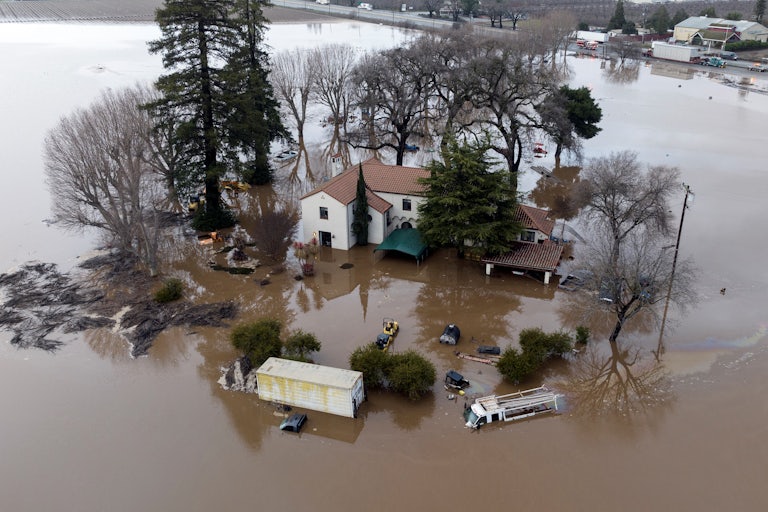

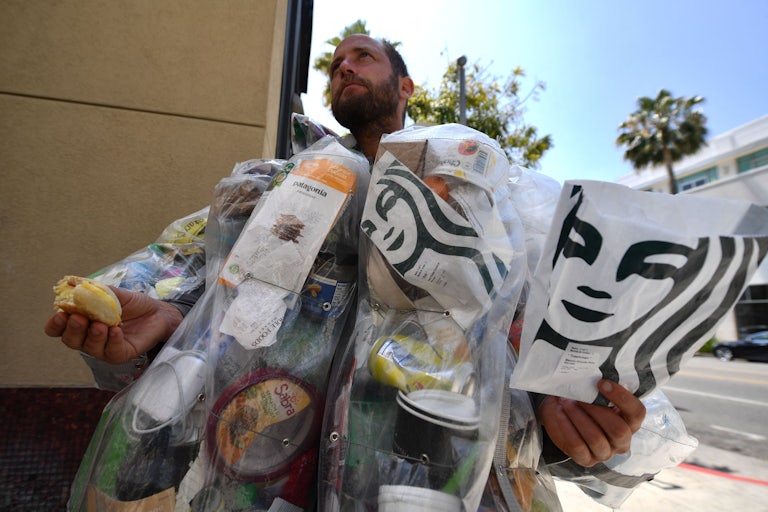


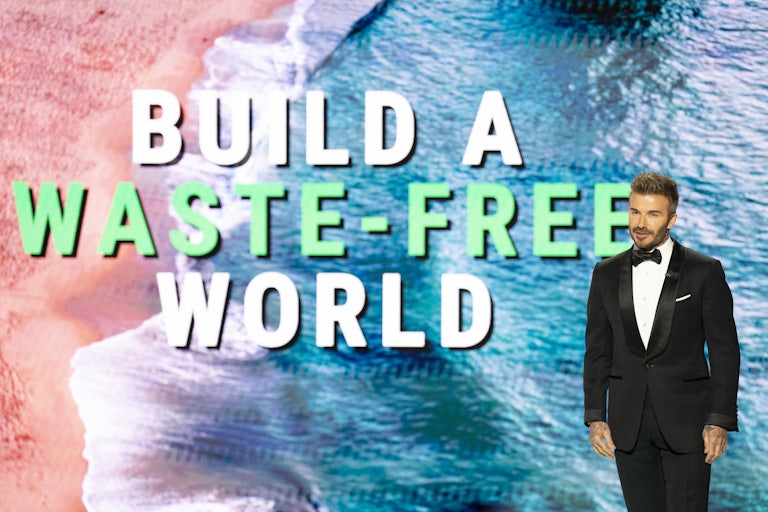

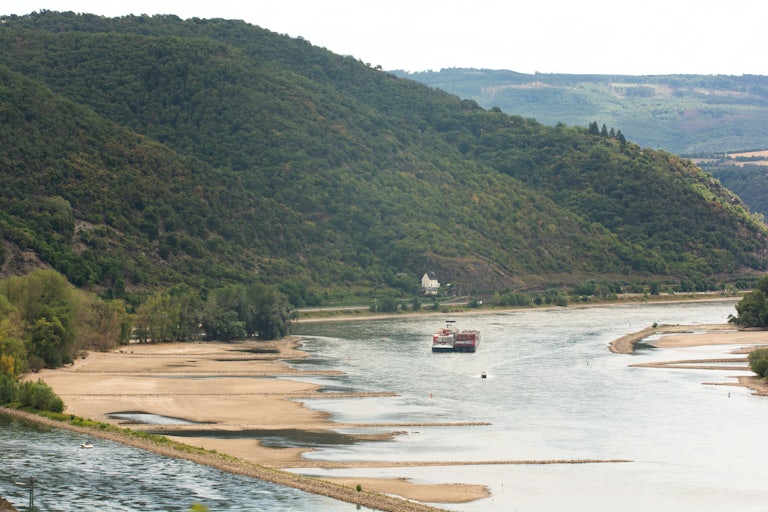
.png)

.png)